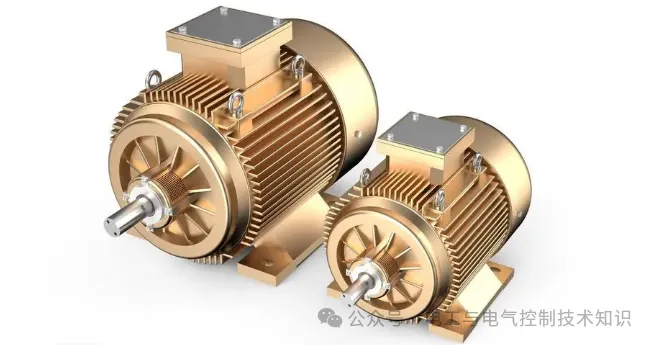Why can't DC motors be dynamically braked?
As a common type of electric motor, DC motors are widely used in industrial production, transportation, household appliances and other fields. However, compared with AC motors, DC motors have some limitations in dynamic braking. The following is a detailed explanation of why DC motors cannot perform dynamic braking.

First, we need to understand what dynamic braking is. Dynamic braking is the process of using the back electromotive force of the motor to reversely control the current to achieve braking. Specifically, dynamic braking is to change the direction of the motor's current to generate reverse torque, so that the motor slows down and eventually stops moving.
However, due to its special structure and working principle, the DC motor cannot directly achieve dynamic braking, which mainly includes the following reasons:
1. Back EMF:
The working principle of a DC motor is to use current to generate torque in a magnetic field to drive the motor to rotate. When the motor rotates, the rotor magnetic field generated interacts with the stator magnetic field to generate a back electromotive force that is proportional to the motor speed. This means that as the motor continues to decelerate, the back electromotive force gradually decreases, weakening the braking effect of the motor.
2. Dynamic brake failure:
During dynamic braking, the reverse torque needs to be achieved by changing the direction of the motor's current. However, the current direction of the DC motor is restricted by the brushes and commutator, making it difficult to change quickly. Brush contact issues and commutator mechanical limitations may cause a delay in the braking operation, affecting the braking effect.
3. Cutting power supply problem:
During dynamic braking, the power supply needs to be cut off quickly to achieve the change of current. However, DC motors usually control the current and switch the working state of the motor through switching devices (such as relays, IGBTs, etc.). However, since DC motors require a higher cut-off voltage, the switching devices may have a conduction delay or arc problem when cutting off the high voltage, thus affecting the braking effect.
4. Rated current limit:
The dynamic braking of a DC motor is also limited by the rated current of the motor. When braking, a large current reverse control needs to be applied to decompose the kinetic energy of the motor. However, excessive current may cause overload and damage to the motor. Therefore, the rated current of the motor limits the braking effect that can be achieved.
It should be pointed out that although there are some difficulties with DC motors themselves, some dynamic braking of DC motors can be achieved through reasonable motor control systems and external resistance devices. For example, by connecting a resistor in series in the motor circuit, the electrical energy generated by overload is converted into heat energy to achieve the effect of dynamic braking. Similarly, using electronic devices, the current vector of the motor can be changed to achieve dynamic braking.
In summary, DC motors cannot directly achieve dynamic braking due to back electromotive force, dynamic brake failure, power supply issues, and rated current limitations. However, a certain degree of dynamic braking can still be achieved by improving the motor control system and adding external resistance devices.



























 XINDA
XINDA